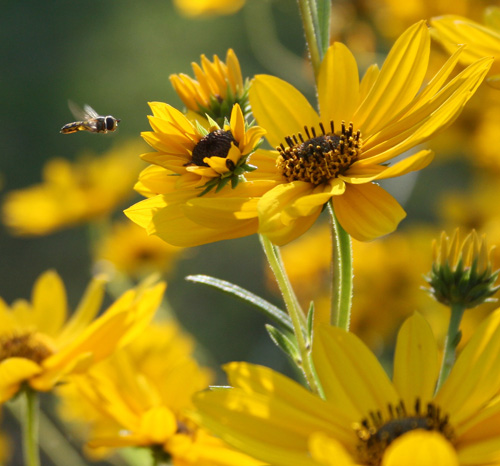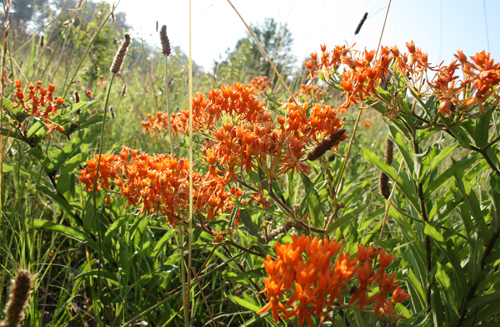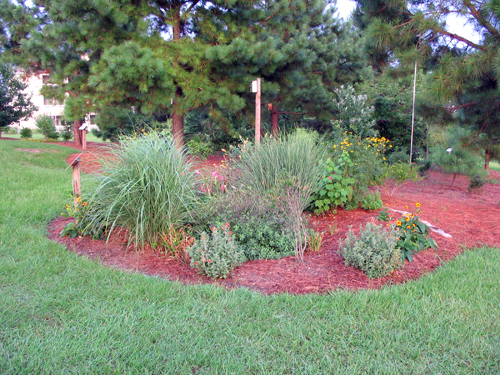Wicked winter
This winter was unusually cold and wet across Georgia, causing the heating demand for buildings to soar.




.jpg)
.jpg)